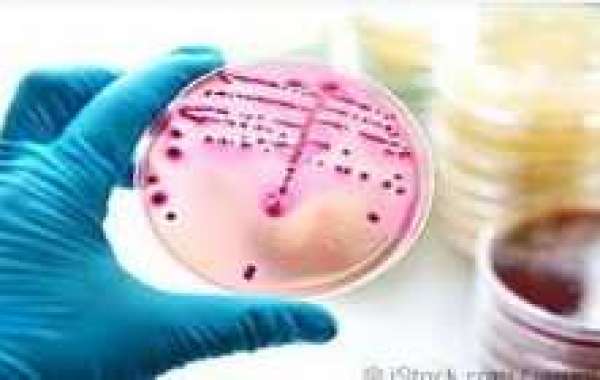According to the Centers for Disease Control and Prevention (CDC), chlamydia1 and gonorrhea2 are the most commonly documented sexually transmitted diseases (STDs) in the U.S., with chlamydia taking the top spot. Both diseases can appear in sexually active men and women, and display similar symptoms as well, so it's no surprise that people are often confused whether they have gonorrhea or chlamydia.
Both Chlamydia and Gonorrhea Are Caused by Bacteria
Chlamydia and gonorrhea exhibit similar symptoms because both are caused by bacteria, albeit by different strains. The former is caused by the Chlamydia trachomatis strain, and the latter is caused by the Neisseria gonorrhoeae strain. Both strains infect the mucous membranes of your organs, which in this case most often happens to be the sex organs. There are instances where they can manifest in other places as well, such as the rectum and eyes.3,4
One clear indicator of gonorrhea and/or chlamydia in men and women is the presence of a discharge in their sex organs. A burning feeling while urinating and pain in the testicles (for men) and abdominal region (for women) may also develop. Conventional gonorrhea and chlamydia treatment methods typically involve antibiotics.
However, these aren't highly recommended because the bacteria are slowly becoming resistant to the medication.5 As an alternative, you can try an assortment of home remedies known for their powerful antimicrobial properties to help eliminate the bacteria. Prevention methods for both diseases are similar. These include practicing safe sex, such as using condoms to help prevent the spread of bacteria. Staying in a monogamous relationship can help reduce your risk of chlamydia and gonorrhea as well.6
Complications Caused by Chlamydia and Gonorrhea
If left untreated, both chlamydia and gonorrhea can seriously affect your ability to bear children. Untreated gonorrhea and chlamydia can cause a man's testicles to become inflamed, leading to a condition called epididymitis. This may affect your ability to produce healthy sperm.
Similarly, women can develop pelvic inflammatory disease (PID), which can damage your fallopian tubes, ovaries and womb. As a result, you may find it difficult to become pregnant and experience chronic abdominal pain. If you do happen to become pregnant, there's a risk it may be an ectopic pregnancy.7
In addition, untreated chlamydia increases a pregnant woman's risk of having a premature birth, miscarriage or stillbirth depending on the circumstances. If you were able to complete the pregnancy cycle and give birth on the expected due date, there's a chance the infant may have a low birth weight.8
Furthermore, infants may be at risk for neonatal conjunctivitis (pink eye). As the baby passes through the birth canal, some of the chlamydial or gonorrheal bacteria may transfer to the eyes, causing them to become inflamed and creating a discharge similar to genital chlamydia or gonorrhea.
What Should You Do When You Spot Symptoms of Chlamydia and Gonorrhea?
When you spot symptoms such as vaginal or penile discharge, don't hesitate to visit your doctor right away. The only clear way you can tell whether you have chlamydia or gonorrhea is through an STD test. Your doctor will be able to isolate what strain of microbes is responsible for your symptoms, which can help dictate the course of your treatment.














